Are 3D Printers A Health Hazard?
I do my best to keep up with the news on 3D printing, so I have some Google alerts set up to tell me whenever anyone posts anything on the subject. Mostly I’m interested in new hardware, or interesting things you can do with it, but every so often I find an article speculating about whether or not 3D printing is bad for our health. I’ve seen enough of these now that I think it’s time we took a look at the issue.
Air Pollution?
What some people are worried about is that the 3D printing process, specifically printers that create objects by melting a filament or using a laser to fuse powdered plastic, could be exposing us to dangerous chemicals and particles. There are two main concerns:
- Volatile organic compounds, or VOCs, are potentially toxic fumes that some plastics emit when they’re heated. Unfortunately those plastics include PLA and ABS, which are the most common filament materials used in 3D printers.
- Ultrafine particles can also be released any time material is bent, heated or subjected to just about any process. It doesn’t really matter what ultrafine particles are made of; the problem is that they can make their way deep into your lungs and build up there, potentially causing problems.
So, do 3D printers give off VOCs and ultrafine particles? The answer is yes, they do – but there’s a huge caveat to that. The levels created by 3D printing are extremely low, and for most people they’re basically going to disappear in the background noise. Your house is full of things that give off VOCs and ultrafine particles, with the kitchen being one of the biggest culprits. Just being in the kitchen every day while someone’s cooking will expose you to far higher levels than your printer will, and we’re not all dying of Kitchen Lung, are we?
Keep It In Proportion
The fact is that, for the average hobbyist, the risk from the VOCs and particles given off by your printer is basically theoretical. It exists on paper, but in the real world it isn’t anything to worry about. Unless you live on some remote island in the Hebrides, every time you go outside the level of VOCs and particles belched into the air by the Number 4 bus dwarves anything your printer is producing.
What if you’re a really serious 3D printer user? Is your printer running pretty much all the time you’re awake, churning out prototypes for your engineering business? Any potential risk is still tiny, to be honest, but if you want to err on the safe side there are a few basic steps you can take. The simplest is just to have good ventilation in your workshop, which you should do if you have any kind of machinery running a lot.
Put In In A Box
Beyond that, you can choose a printer that has an enclosure fitted with an activated-carbon filter (to absorb VOCs) and a HEPA filter (to block particles). Happy with the printer you already have? You can build your own enclosure, and fit it with a fan and filters. An enclosure will also help keep a stable temperature around the print bed, reducing warping issues.
Overall, there’s no evidence of a real health risk from 3D printing. As long as you don’t sit right beside it breathing deeply for the whole time a project’s printing, good ventilation is more than enough to keep the air in your house clean.

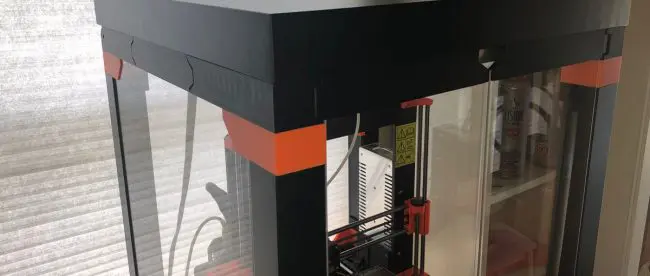
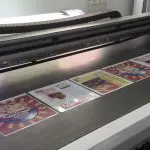

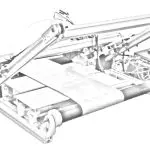
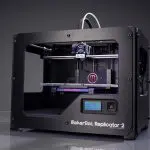
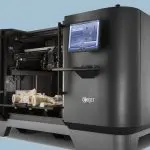
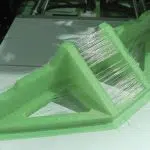
Leave a comment
You must be logged in to post a comment.